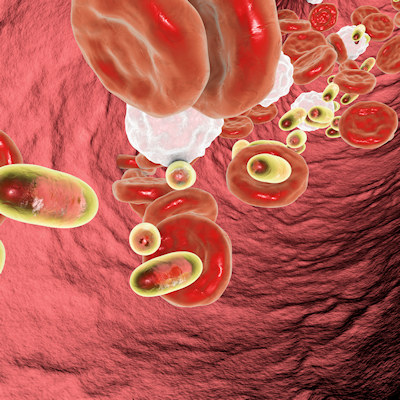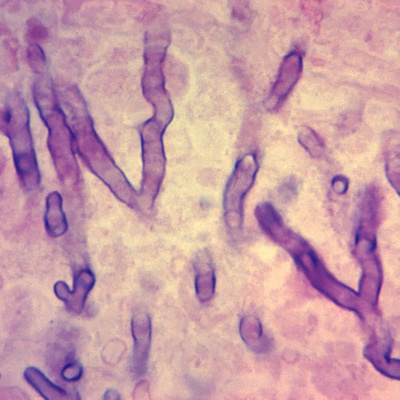June 19, 2023 -- Researchers at diagnostic company BioMérieux conducted a retrospective analysis of blood cultures positive for Candida auris (C. auris) and found an upsurge in the detection of this emerging fungal pathogen between 2021 and 2023.
The researchers from the Marcy-l'étoile, France-based firm presented their findings at ASM Microbe 2023, the annual meeting of the American Society for Microbiology, held June 15 to June 19 in Houston.
A pathogenic yeast resistant to many antimicrobial agents, C. auris poses serious risks that threaten public health. Infections often emerge in healthcare settings, where people are particularly vulnerable. The most common symptoms of invasive C. auris infection are fever and chills that fail to improve after antibiotic treatment. C. auris can colonize patients' skin and other body sites, sometimes indefinitely.
Such colonization poses a risk both for invasive infection and transmission, and infection rates are on the rise. First detected in the U.S. in 2016, C. auris infection rates increased 95% by 2021. According to the Centers for Disease Control and Prevention (CDC), annual cases in the U.S. rose from fewer than 500 in 2019 to nearly 1,500 in 2023.
Approximately 50% of C. auris isolates — pure samples obtained from infected individuals — resist disinfection, multiple antibiotics, and available antifungals. Some strains of C. auris are resistant to all three major classes of antifungals, limiting treatment options. Thus, when this organism becomes established in the bloodstream, mortality rates are high; C. auris kills more than one in three infected people.
The researchers analyzed C. auris detection rates in a U.S. cohort from 2021 to 2023. They investigated changes in C. auris infection rates geographically and over time during that period by using a proprietary blood culture identification panel (Biofire BCID2) and a cloud-based surveillance network (Biofire Syndromic Trends). The blood culture identification panel tested for 43 targets, including C. auris. The surveillance network captured anonymized patient results, greater than 100,000 positive blood cultures, in near real-time.
They found a significant increase in C. auris bloodstream infections in 2023 compared with infections in previous years. The average detection rate of 0.014% between July 2020 and September 2022 rose to 0.057% between October 2022 and March 2023.
Given the recent emergence and limited geographic extent of cases, according to the CDC website, there is an opportunity to control the spread of C. auris before it becomes more widespread in the U.S. Such control requires timely detection of the organism and adherence to recommended infection control practices.
"The study results confirm that we must continue to emphasize public health interventions under the leadership of the CDC in order to meet the continuing challenge posed by antimicrobial-resistant C. auris and protect community health," presenting author Tristan Timbook, director of health economics outcomes research at bioMérieux, said in a statement. "The near real-time surveillance provided by [Biofire Syndromic Trends] and the Biofire BCID2 panel represent important tools for monitoring trends in C. auris infection."
Copyright © 2023 scienceboard.net
















